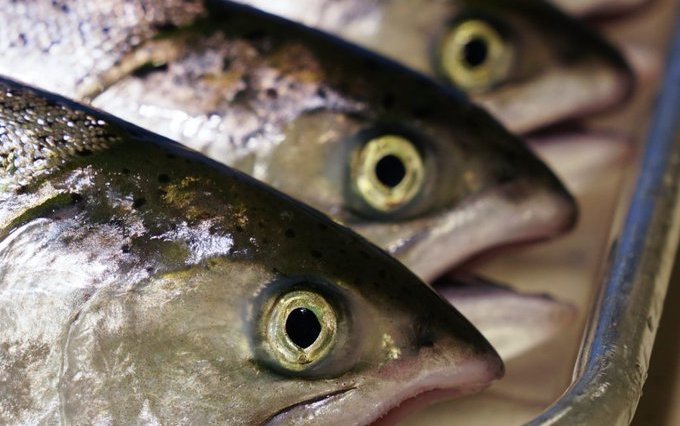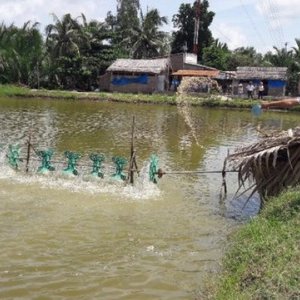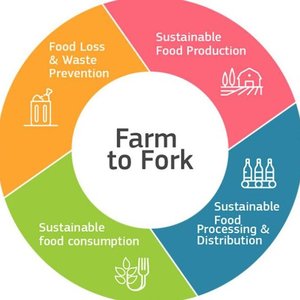King salmon can be fussy eaters, but after seven years of research and development, a team of international researchers have settled on a selection of advanced diets that keep the fish happy and healthy and improve feed conversion.
Cawthron Institute’s Kevin Heasman said when the $5.2m Seafood Innovation Limited funded project began in 2014, little was known about the diets of King or Chinook salmon, as they make up only 0.04% of the world’s farmed salmon. However, seven years later, they have gained an enormous amount of baseline knowledge about king salmon physiology, health and dietary requirements.
New Zealand King Salmon seawater manager, Mark Preece, said initially, NZKS and Cawthron worked with salmon feed experts around the world to come up with several diets they believed would be nutritionally superior, based on previous knowledge of King salmon and of the Atlantic salmon diets.
“Throughout the trial process, we tried to reduce or eliminate fishmeal in feed, increase the lipid content for optimal energy and protein, and we’ve even been experimenting with finishing diets that could enhance the fish flavor,” Heasman said.
Heasman said the finishing diet experimentation was a fitting conclusion to this tranche of the research program. “We didn’t plan for it at the outset, but as the program drew to a close we saw the opportunity, and if it works well it could create opportunities to add value to the King salmon industry by producing new products, so we’re looking forward to tasting the fish this week and seeing whether the results warrant further research and development.”
Although the project was long and challenging, the results have made a significant impact. “Feed is the most expensive input in salmon farming, working out at up to 60% of the cost of raising a fish. That means if you improve your feed conversion ratio by a fraction of a percent, your savings are significant. Furthermore, happy fish grow well, increasing production,” Heasman said. “For every bit of improvement we can implement in terms of the FCRs, and understanding of the digestibility of the various ingredients within diets, the more we can improve the quality of the fish, the economics of growing the fish to a final product and the speed to which you get them to harvestable size, all the while maintaining the sustainability of the product and mitigating environmental effects.”













